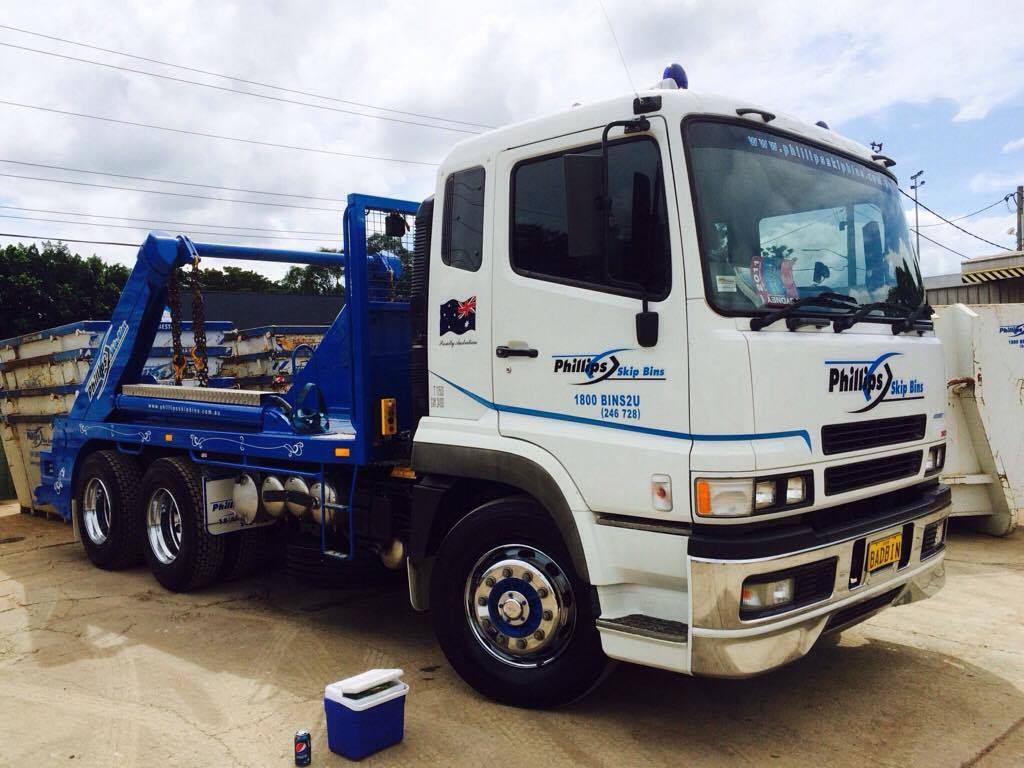
Waste grouping based on its shape or form can be divided into four, namely: liquid waste, solid waste, gas waste and sound waste. This article will explain in detail each type of waste.
Solid waste
Solid waste is the residual yield of industrial activities or domestic activities that are in solid form. Examples of solid waste include paper, plastic, iron powder, sawdust, cloth, etc. Waste processing in the Waster Opportunties is very good for dealing with the problem.
Handling of solid waste can be distinguished from the use or function of solid waste itself. There is solid waste that can be recycled or used again and has economic value such as plastic, textiles, metal pieces, but there are also those that cannot be used again. Solid waste that cannot be used anymore is usually thrown away, burned, or just dumped. Certain industries produce solid waste that sometimes creates new problems related to the area or area needed to accommodate the waste.
Liquid waste
Management of water quality and control of water pollution explains the meaning of waste, namely the remainder of a product of operations and / or activities that are liquid. The definition of other liquid waste is the residual waste from the production process or domestic activity in the form of liquid. Liquid waste can be in the form of water along with other waste materials which are mixed (suspended) or dissolved in water.
Gas waste
Gas waste is waste that uses air as a medium. Naturally air contains chemical elements such as O2, N2, NO2, CO2, H2 etc. Adding gas to the air that exceeds the natural air content will reduce air quality. Excessive gas waste can pollute the air and can disrupt public health. Air pollutants are classified into two parts, namely particles and gas. Particles are fine grains and may still be visible to the naked eye such as water vapor, dust, smoke, fog and fume. While gas-shaped pollution can only be felt through olfaction (for certain gases) or direct results.
